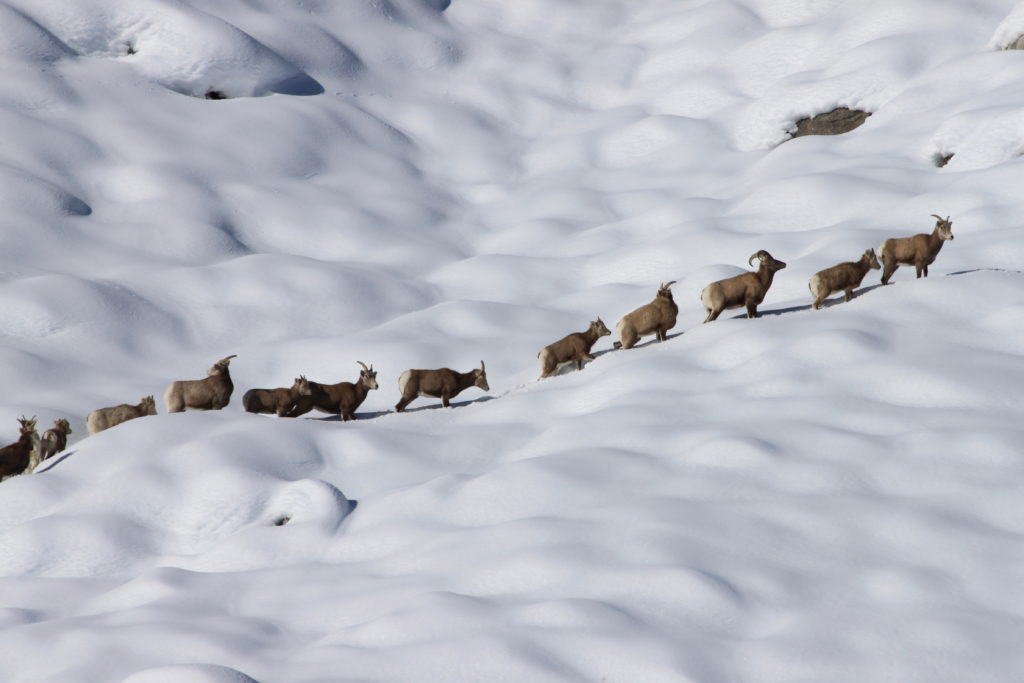Wildlife Movement and Connectivity Initiative
The mission of this Initiative is for WAFWA to work collaboratively in partnership with federal agencies, non-government organizations, tribes, and private landowners to conserve, restore, and enhance seasonal habitats and associated migration/movement/connectivity corridors essential to numerous western fauna.
Background
In 2018, Secretarial Order 3362 (SO3362), Improving Habitat Quality in Western Big-Game Winter Range and Migration Corridors was established. This Order focused on 11 western WAFWA member states with the express goal to work cooperatively with state fish and wildlife agencies to help conserve or improve the habitat quality in state-defined priority winter range and migration corridors. Importantly, the Order provided funding to support state-led research, a habitat conservation grant program, and countless habitat projects throughout states in the West. Additionally, the Order brought forward technical support and the creation of the Corridor Mapping Team that consists of U.S. Geological Survey, university, state, and tribal scientists. As of December 2024, the Team has mapped almost 200 migration corridors and movement routes across the West for mule deer, elk, moose, pronghorn, and bighorn sheep. These corridors and routes are recorded in four volumes (fifth volume expected January 2025) of the Ungulate Migrations of the Western U.S.. Following the issuance of the Order and its subsequent implementation, a tremendous level of interest and support grew within the respective states, tribes, and among a vast diversity of non-governmental organizations. Bipartisan support in the U.S. Congress was also expressed.
The Western Governors Association has long recognized the value and importance of wildlife migration corridors and associated habitat by passing numerous policy resolutions. Those resolutions included:
- Policy resolution 07-01, Protecting Wildlife Migration Corridors and Crucial Wildlife Habitat in the West (2007)
- Policy resolution 2019-08, Wildlife Migration Corridors and Habitat (2019)
- Policy resolution 2021-04, Species Conservation and the Endangered Species Act, that included a stand-alone section titled, Wildlife Migration Corridors and Habitat (2021)
- Policy resolution 2024-03 expanded on policy resolution 2021-04 (2024)
As evidenced by numerous actions over the years, Western Governors have publicly articulated their support for and policy position on wildlife migration corridors and habitat. Further, state legislative bodies and individual governors across the West have passed and signed countless legislative measures focused on wildlife movement and migrations, and overall landscape connectivity.
Initiative Goals (2025-2028)
Goal: Full and successful implementation of the NFWF America the Beautiful Grant
Success Action: Implement habitat restoration and conservation priorities as identified in existing Action Plans or Connectivity Plans established for Arizona, California, Colorado, Idaho, New Mexico, Nevada, Oregon, Montana, Utah, Washington, and Wyoming.
Success Action: Engage and work with Alaska, Kansas, Nebraska, North Dakota, Oklahoma, South Dakota, and Texas to develop and implement Action Plans or Connectivity Plans.
Success Action: Provide opportunities for each of the WAFWA states to engage with tribal communities on the topic of migration corridors, seasonal habitats, and landscape connectivity.
Success Action: Facilitate transboundary communication and cooperation between respective states and Canadian provinces and territories to conserve shared migratory resources and connectivity.
Success Action: Support research that examines the impact of increased environmental stochasticity and impact on seasonal habitat quality, habitat quality in migration corridors, and overall landscape connectivity.
Goal: Full and successful implementation of the Rocky Mountain Elk Foundation Grant
Success Action: Optimize this non-federal funding by matching with federal or state funding to amplify seasonal habitat or migration/movement corridors conservation impact.
Success Action: Support a research and/or conservation project(s) in a WAFWA state that manages elk and wasn’t one of the 11 states (Arizona, California, Colorado, Idaho, New Mexico, Nevada, Oregon, Montana, Utah, Washington, and Wyoming) included in SO3362.
Success Action: Contribute funding to a land protection or habitat management project within an identified seasonal habitat or a high priority corridor.
Goal: Each member state develops and maintains a migration/movement action plan or connectivity plan
Success Action: All WAFWA states have an Action Plan or Connectivity Plan within the first or second year of Initiative implementation.
Success Action: Each Plan identifies – preferably science based – up to 5 priority seasonal habitats and/or migration or movement corridors.
Success Action: Each priority includes 1-3 accompanying habitat conservation, restoration, or enhancement project needs identified and listed in the Plan.
Success Action: As applicable, specific Plans contemplate collaboration on data collection and advancing conservation opportunities for species that cross state/provincial/territory jurisdictional boundaries.
Goal: Facilitate effective coordination of migration and connectivity efforts across the region and with partners
Success Action: The coordinator establishes a recurring Teams/Zoom call every two months with the state-identified Initiative contacts and the Chair and Co-chair of the Wildlife Movement and Migration Committee. The purpose of the call is to share relevant updates, notifications, and knowledge with each other.
Success Action: The coordinator will host a recurring Teams/Zoom call every two months among identified contacts within federal agencies and the Native American Fish and Wildlife Society to learn about relevant federal activities, provide updates, and capitalize on potential opportunities.
Success Action: The coordinator will host a Teams/Zoom call once every three months with non-governmental organizations, industry, and other interested partners to provide updates on implementation of the Initiative.
Success Action: The coordinator will serve as a resource for each state, province, or territory if they need access to technical or policy expertise.
Goal: Regularly communicate with internal and external audiences
Success Action: Create a Wildlife Movement and Connectivity Initiative website. As applicable and appropriate, integrate information from the Wildlife Movement and Migration Committee website into the Initiative’s website.
Success Action: Promote and consistently update the website with relevant and timely information. The updates should occur at least bi-monthly or as often as is appropriate.
Success Action: Work with the Association of Fish and Wildlife Agencies (AFWA) to set up Capitol Hill, Administration, and Office of Management and Budget fly-in meetings to raise awareness on the importance of wildlife migration, movement corridors and landscape connectivity in the West; introduce and educate others on the purpose and goals of the Initiative; highlight the role of state leadership; and seek partnership opportunities. Participants include Directors, appropriate staff, WAFWA Executive Director, and the Initiative coordinator.
Success Action: Seek opportunities to highlight outcomes resulting from implementation of the overarching Initiative, while assisting individual states, provinces, and territories to share their success stories.
Goal: Facilitate sharing of lessons learned
Success Action: Develop a system/process for gathering connectivity or corridor conservation successes and lessons learned from states, provinces, and territories.
Success Action: Establish a page on the website to house examples of Best Management Practices (i.e. highway crossing projects, restoration techniques, effective approaches for working with various federal agencies, etc.).
Success Action: Hold periodic Webinars with WAFWA membership to share Best Management Practices.
Success Action: The Wildlife Movement and Migration Committee hosts a session at one of their two annual meetings specifically to showcase lessons learned from an approach taken or a project implemented.
Goal: Capitalize on private land and conservation opportunities
Success Action: Recognize and utilize the full potential of the WAFWA USDA Memorandum of Understanding by actively addressing the appropriate stated objectives.
Success Action: Work closely with USDA to expand their Migratory Big Game Migration Initiative to other WAFWA states beyond WY, ID, and MT.
Success Action: In conjunction with the Western Grassland and Sagebrush Conservation Initiatives, share the Wildlife Movement and Connectivity Initiative Action Plan priorities with the Working Lands for Wildlife coordinator of the Great Plains Grassland Biome Framework and Sagebrush Biome Framework and seek to collaborate on shared priorities and goals.
Success Action: Actively engage with the Working Lands for Wildlife program as they develop their Western Migratory Big Game framework to encourage private land and other habitat conservation needs stemming from the Wildlife Movement and Connectivity Initiative are considered and incorporated into the final framework product.
Goal: Establish and develop a consistent funding stream to support research and habitat conservation
Success Action: Work cooperatively to develop sole source agreements or contracts with the BLM, FWS, and USFS that transfer funding to the WAFWA specifically to support state research or habitat conservation efforts in priority seasonal habitats or wildlife migration/movement corridors.
Success Action: Work cooperatively to develop an agreement (or other appropriate mechanism) with USDA that provides national and/or state-level targeted funding for private land conservation projects within state identified priority seasonal habitat, migration/movement corridors, or other connectivity areas.
Success Action: Through this WAFWA Initiative, apply for AFWA/FWS Multistate grants to support research and management projects using the latest animal tracking technologies or habitat-focused projects that help support wildlife population sustainability across jurisdictional boundaries.
Success Action: The Wildlife Movement and Migration Committee establishes a grant development subcommittee that actively works with the Initiative coordinator to develop grant applications to support the implementation of the Initiative.
Success Action: Create a Federal Grant opportunity clearinghouse, within the Initiative webpage, to facilitate WAFWA membership awareness of relevant funding for research, habitat conservation, or highway crossing opportunities.
Goal: Pursue research funding to address topics impacting multiple states or cross-border wildlife management
Success Action: Pursue funding to examine the impacts of energy development on wildlife migration or movement.
Success Action: Pursue funding to identify individual and cumulative impacts of land fragmentation on wildlife migration and movement.
Success Action: Pursue funding to develop an understanding of interstate or international wildlife migrations and movements.
Goal: Build on strategic ecosystem connectivity processes underway in Canada or the U.S. to incorporate a transboundary perspective and promote cross-border collaboration
Success Action: Support a collaborative workshop in British Columbia, Canada, with government, First Nations, and academics, to include attendance from neighboring provinces and states and to identify a set of relevant, spatialized opportunities for future collaboration across the Canada/U.S. border.
Success Action: Promote cross-border communication and knowledge transfer through funding at least one cross-border pilot project that facilitates international connectivity planning and information development.
Goal: Conduct periodic evaluation of effectiveness and progress
Success Action: The coordinator will develop a means (i.e. database, spreadsheet) to capture activities related to the implementation of the Initiative (i.e. projects, funding, etc.) to provide a basis for evaluation of the effectiveness of the Initiative and to adapt and make changes to it every three years.
Success Action: The coordinator will request annual accomplishments focused on improving wildlife movement and connectivity from each state, resulting from implementation of their respective Action Plan or Connectivity Plan. The accomplishments will be summarized into a succinct annual report to be shared as an informational document for partners and as a tool to solicit additional funding support for the Initiative.
Success Action: The Wildlife Movement and Migration Committee will host a symposium or workshop to evaluate the implementation effectiveness, needed adjustments, and facilitate an overall discussion on the items necessary to keep the Initiative relevant and impactful. This activity will occur every two years into a new implementation cycle.
Goal: Update Initiative on consistent 3-year cycles
Success Action: After year three of implementation, quantify information from the Initiative’s program tracking database or spreadsheet, the Wildlife Movement and Migration Committee evaluation symposium or workshop and annual reports and other experiences to update and improve the Initiative. Account for progress on each goal and success action, and specifically highlight major accomplishments or modifications needed that impact the overall Initiative.
Success Action: With each new iteration of the Initiative, update with new partnership opportunities that emerge.
Featured Publication
For a more extensive documentation of the Initiative’s background, goals, and action plan, see the full foundational document.
Wildlife Movement and Connectivity Initiative Foundational Document 2025-2028
U.S. Action Plans or Connectivity Plans
Conducting large landscape conservation with a diversity of partners requires careful thought and planning. This planning and thought most often is captured in some type of plan. The foundation for this Initiative is strategic and well-considered plans. The Action Plan (or Connectivity Plan) is foundational for the implementation of the Initiative as it provides transparent and consistent strategic focus for WAFWA and each respective state. Additionally, this plan creates partnership opportunities, informs grant decisions and will help secure funding for the overall implementation of the Initiative. The Action Plan or Connectivity Plan is the respective state’s plan which can take the form of a SO3362 Action Plan, Action Plan developed in response to the NFWF American the Beautiful grant, state-specific Connectivity Plan, or a State Wildlife Action Plan. The contents of these plans are developed by each respective state and represent their chosen priorities.




























Canadian Connectivity Efforts
Parks Canada has a National Program for Ecological Corridors, launched in 2022, that has many examples of similar connectivity and corridors efforts highlighted. The program is a $60.6 million investment over five years. Examples from our WAFWA member provinces include:
- Indigenous-led West Coast Stewardship Corridor in British Columbia,
- Radium Wildlife Overpass in British Columbia, and
- Highway 3 Wildlife Mitigation Project in British Columbia and Alberta
Efforts within the Initiative will promote Canadian/United States cross-border collaboration.
Project Types
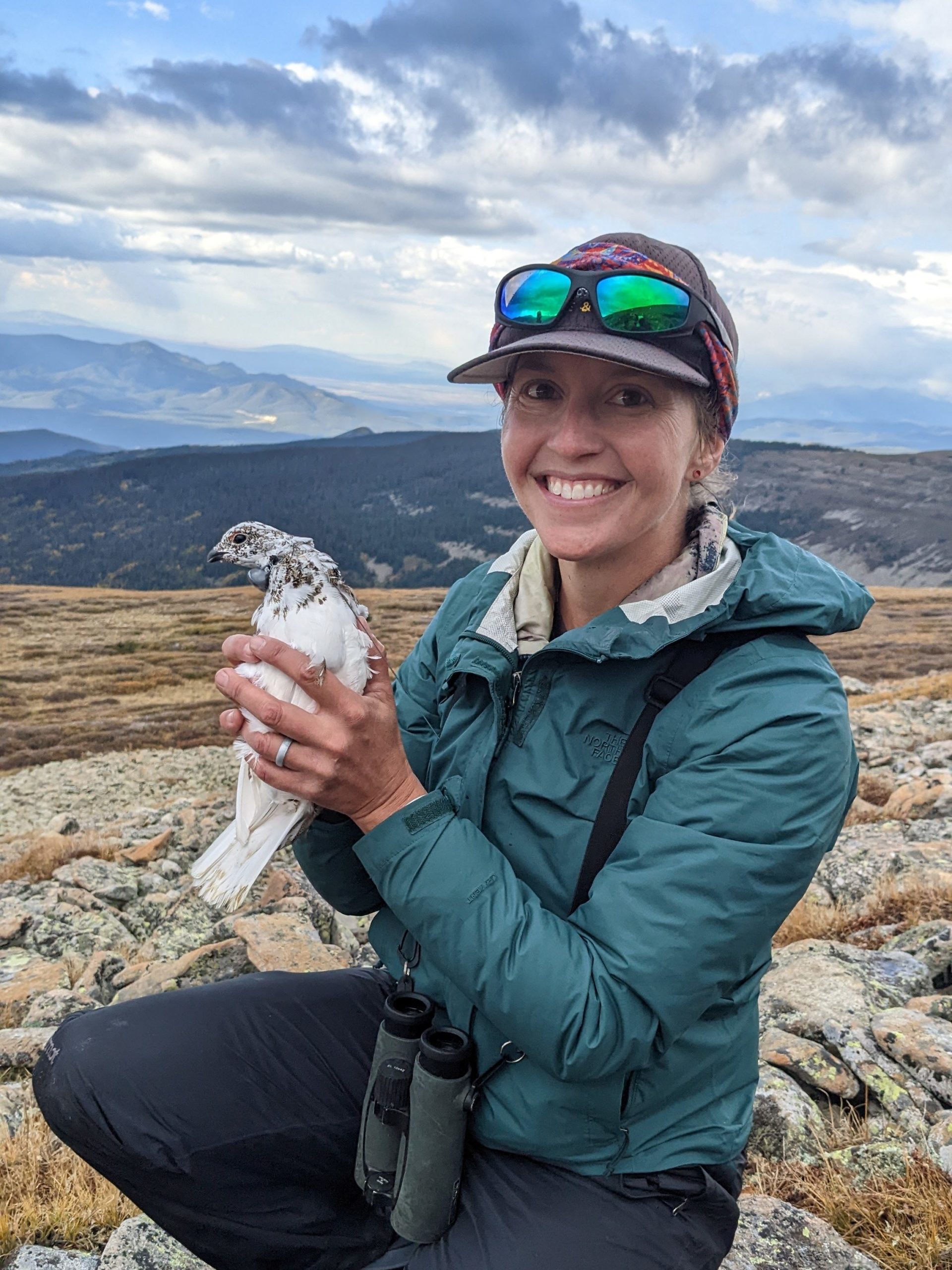
Research
Results from various types of research projects build the foundation for this Initiative. Examples of projects supported through this Initiative may include:
- Discovering impediments to landscape permeability
- Basic capture, collaring, and wildlife tracking activities
- Assessing conservation effectiveness of habitat or highway crossing projects
- Understanding movement patterns of less studied species (e.g. reptiles or amphibians)
- Evaluating impacts of all forms of land-use change
- Determining areas for various types of highway crossings
- Uncovering interstate herd or population movements
- Understanding impacts of increased outdoor recreation
Mapping
Using data to develop spatial maps allow targeted conservation efforts in the more important areas within vast landscapes. The Corridor Mapping Team established through the implementation of SO3362 remains active and effective and is critical to ongoing mapping efforts. This Team currently focuses on the movements of ungulates. The Initiative may be able to provide new financial and staffing support to expand their focus in those states, provinces, or territories who seek to map other wildlife movements.
Habitat Conservation
Completing habitat conservation activities in state-defined priority areas using scientifically collected data and mapping products is the pinnacle of the Initiative. The following are commonly used practices to conduct habitat conservation work in big game seasonal habitats and migration corridors, but these activities also support habitat needs for a wide diversity of other species and numerous ecological functions. The type of habitat-related activities supported through this Initiative may include:
- annual invasive grass management
- control or removal of woody vegetation
- forest thinning
- fence removal or conversion, highway exclusion fencing or virtual fencing
- fee title or conservation easement acquisition
- water development such as installing guzzlers
- reintroducing a natural disturbance regime
- revegetation activities following land disturbance
WAFWA and USDA MOU
In August 2024, the WAFWA entered a Memorandum of Understanding (MOU) with the Natural Resources Conservation Service (NRCS), Farm Services Agency (FSA), and U.S. Forest Service (USFS). The purpose of the MOU is to establish and define a working relationship that enhances implementation of voluntary working lands conservation across boundaries and land ownerships. Establishing and defining this partnership enables the signatories to coordinate resources, streamline program delivery, better serve stakeholders, and maintain a continuous flow of science and communications to leadership and to partners. (link the one pager or the MOU)
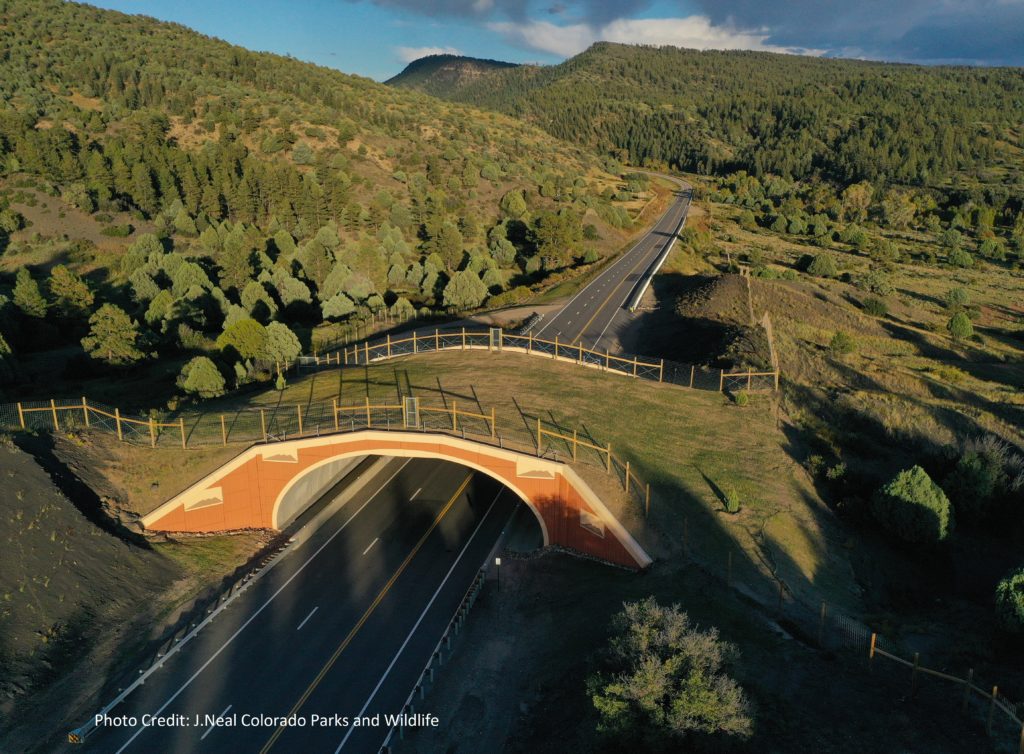
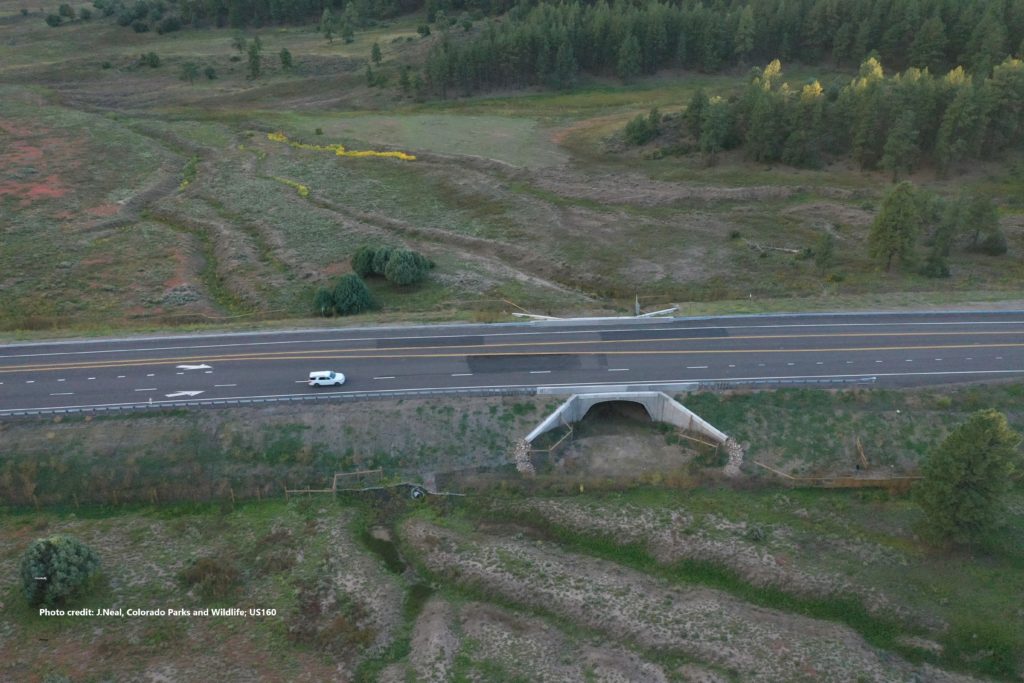
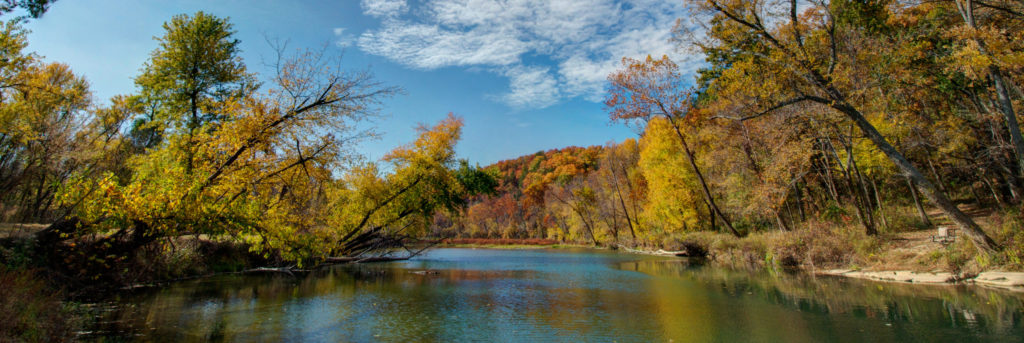
Related WAFWA Committees and Initiatives
The breadth of the Initiative requires meaningful coordination and communication with numerous WAFWA sanctioned committees, working groups, and other initiatives. In this respect, one function of this Initiative is to add value to the applicable bodies, while concurrently capitalizing on their strengths and creating coordination and communication opportunities.
Click the arrows to see how this initiative will work with each group. Visit the group’s webpage by clicking on their name.
Wildlife Movement and Migration Committee (WMMC)
Given the alignment of mission with the Initiative, the WMMC will have a considerably stronger relationship compared to other committees, initiatives, or working groups. The WMMC will serve a critical role in the overall implementation and success of the Initiative. The approved WMMC Charter includes the scope of work for committee business. The tasks outlined for the WMMC show strong overlap with many important activities necessary for a successful Wildlife Movement and Connectivity Initiative.
The WMMC will help play an essential role in the success of the Initiative. For instance, they can help identify multi-state research needs; create and host symposiums or workshops to evaluate the effectiveness of the Initiative, offer needed adjustments to the content of the Initiative or its implementation approach, and facilitate an overall discussion on the items necessary to make the Initiative more effective and impactful; create a team to help craft grant proposals that support implementation of goals set forth in the Initiative; as applicable, a subset of members can serve to review and rank any applicable proposals that are submitted to the WAFWA; establish a standing agenda item for committee meetings to specifically discuss Initiative activities; as appropriate, invite non-traditional attendees including NRCS, Federal Highways Administration, various non-governmental organizations, industry, and others to committee meetings to learn about their interests and the work of the Initiative and committee while also discussing possible collaborative opportunities; and serve as an overarching communication vehicle for developing a stronger understanding and appreciation for migration and movement corridors, the seasonal habitats those corridors connect and overall landscape connectivity.
Habitat Committee
The Wildlife Health Committee provides a forum to discuss multi-agency or large-scale habitat conservation concerns or opportunities. Beyond the intrinsic value of engaging with state and federal land managers, the committee could support the Initiative by establishing a session at each of their committee meetings specific to private land conservation and to share lessons learned and needs as they relate to effectively working with private landowners to conduct habitat conservation activities. Further, the committee could hold a session(s) to discuss how best to optimize opportunities present within the WAFWA-USDA 2024 MOU (see WAFWA and USDA MOU section).
Climate Adaptation Committee
Coordination with this committee could help identify the available science or help to address research questions related to seasonal and long-term changes in weather patterns. For instance, what is the impact of changing climate conditions on habitat conditions within state priority migration corridors and movement areas? Will vegetation conditions within these areas change to the extent that wildlife use changes? How important will current known corridors and movement areas be to wildlife as they adapt to changing conditions? The committee can also help by identifying sources of funding, identifying state employees to lead research projects, and utilizing its membership to help develop research proposals.
Nongame and Endangered Fish and WIldlife Species Committee
Coordination with this committee will enhance the Initiative’s ability to include the needs of a broad array of birds, mammals, amphibians, and reptiles that fall within the scope of the Initiative. Joint research needs or opportunities, co-developing restoration projects, and identifying priority habitats and areas are just a few examples of the collaboration opportunities with this committee.
Sagebrush Conservation Initiative
The overlap between the Wildlife Migration and Connectivity Initiative and Sagebrush Conservation Initiative are equally as significant as the overlap with the Western Grassland Initiative. Correspondingly, some of the priority areas identified in respective state Wildlife Movement and Migration Action Plans or Connectivity Plans will overlap with priority sagebrush areas identified in the Sagebrush Conservation Initiative. Moreover, the considerable amount of science collated in the Sagebrush Conservation Strategy can help inform conservation actions taken through this Initiative. Like the Western Grasslands Initiative, there may be opportunities for the Wildlife Movement and Connectivity Initiative and the Sagebrush Conservation Initiative to develop joint grant proposals seeking funding to conserve or restore shared priorities within sagebrush ecosystems.
Mule Deer Working Group Technical Committee (MDWG)
The Initiative will benefit if this committee establishes a standing agenda item at the MDWG committee meetings to specifically discuss Initiative activities. The members of this committee consist of state, provincial, and territorial deer biologists. These individuals often have additional responsibilities for elk, moose, and other ungulates within their jurisdictions. This is the most active WAFWA committee that shares a considerable amount of information (i.e. fact sheets, reports, guidelines) among the WAFWA membership and the public at large. Consequently, the work of this committee helps inform the understanding of mule deer movement and conservation of its habitat. Additionally, this committee has identified the top 10 priority research needs for mule deer management and several are directly relevant to the Initiative. For instance, their membership seeks to develop a stronger understanding of the impact from energy development, conduct an evaluation of habitat treatments on mule deer populations, and conduct migration studies for planned highway projects.
Wildlife Chiefs Committee
An important goal of the Initiative is to support the efforts of WAFWA membership as they seek to sustain wildlife populations, ecological integrity, and overall biodiversity conservation within their respective jurisdictional boundaries. The engagement and support of the Wildlife Chiefs is a critical component to the immediate and long-term success of the Initiative. Therefore, the Initiative will benefit if this committee creates a standing agenda item specific to the Initiative at their annual meeting. This agenda item will provide space to give progress updates and if necessary, raise concerns that might impact multiple states. Additionally, the chiefs can share feedback or seek clarity on the implementation of the Initiative.
Public Affairs Committee
The expertise, advice, and technical assistance by members of this committee is critically important to fully realizing the intent and outcomes of the communications goals and success actions identified in the Initiative. Throughout implementation, the committee will be sought for support and assistance.
Western Grasslands Initiative
Some of the priority areas identified in respective state Wildlife Movement and Migration Action Plans or Connectivity Plans will undoubtedly overlap with priority grassland areas identified in the Western Grassland Initiative. Consequently, there may be opportunities for the Wildlife Movement and Connectivity Initiative and the Western Grassland Initiative to develop joint grant proposals seeking funding to conserve or restore shared priorities.
Wild Sheep Initiative
The Wild Sheep Initiative serves as a technical resource to the larger wild sheep community. This initiative will provide the same benefits to the Wildlife Movement and Connectivity Initiative. Their assistance will be important to understand cross jurisdictional movements of wild sheep, seasonal habitat needs and connectivity concerns, and interactions with other animals within a respective landscape. Given disease concerns in wild sheep populations, migrations and movement of wild sheep is not always desirable, so this initiative will be critical to understanding this dynamic. Additionally, specific wild sheep movement or connectivity research questions might arise, and the Wild Sheep initiative has the capacity to support projects.
The Funding
The Rocky Mountain Elk Foundation entered into an agreement with the WAFWA late in 2023 to provide $400,000 over three years to support individual efforts of WAFWA member states to conserve, restore, or enhance priority big game seasonal habitat or habitats within priority migration corridors. The overarching objective for this funding is to support the intent of the WAFWA Wildlife Movement and Connectivity Initiative and ultimately solidify WAFWA’s role in supporting the long-term focus on seasonal habitat and corridor conservation and landscape permeability. There are three primary priorities (in priority order): Protection/Conservation of land/habitat/movement pathways; Habitat Stewardship; and Research. See press release here.
In addition, the Wyoming Game and Fish Department successfully secured a National Fish and Wildlife Foundation America the Beautiful grant titled, “Implementing Landscape Connectivity and Permeability Plans Across the Western Continent.” This $5 million grant was sub-awarded to the WAFWA for implementation.
